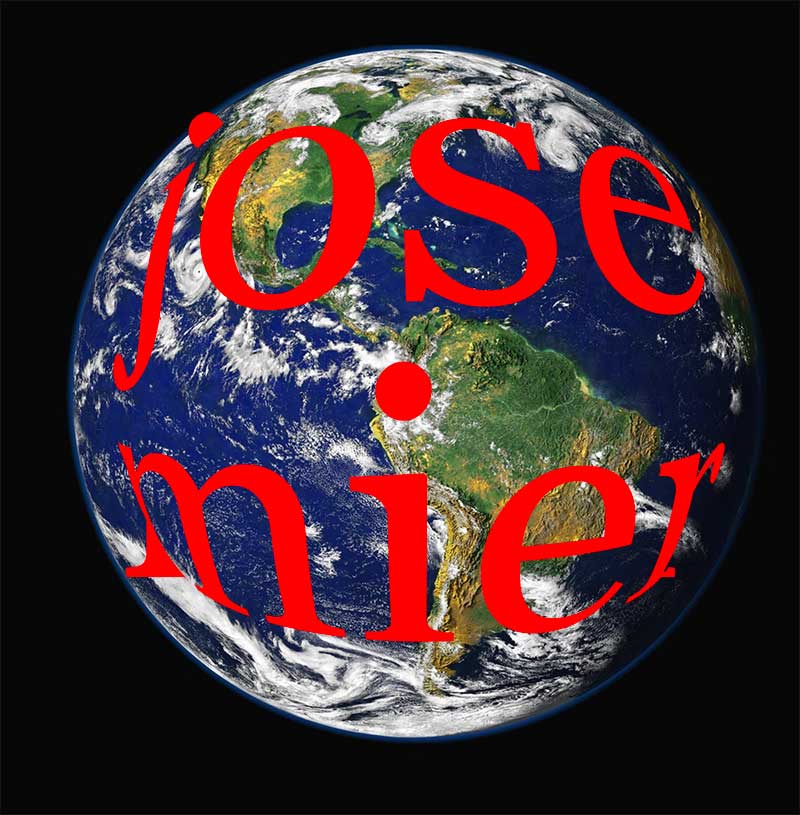One of the companies which have the greatest influence in genealogy development is the LDS (Church of Jesus Christ of Latter-day Saints.). Their special reasons for doing research are related to their ancestor’s proxy baptisms. In reality, they openly open their terribly big databases through their FamilySearch website, their Salt Lake City’s Central Library, and their Family History Centers.

Anyone can make use of the Family History Centers situated in the towns across the country. LDS members contribute a huge part on the development of IGI (International Genealogical Index), which is a main surname index of records in the parish, available at the Family History Centers and Mormon website.
The Mormons site is the FamilySearch.com. Although biased on the church members requires, this website provides significant information to trace your forefathers. You may discover the website big and too in-depth due to the fact that it serves dedicated researchers, church members, and general public.
FHC (Family History Center) Visits
Every genealogist, if offered the opportunity, would enjoy to go to the popular Family History Library of the Mormons in Salt Lake City. Nevertheless, this is not always possible. Through the Family History Center (FHC), this dispute was fixed.
There are more than 3,400 FHCs opened under the Family History Library. These branches operate in sixty 4 countries offering over 100 thousand microfilm rolls flowing on the FHCs monthly.
These records consist of vital, land, census, probate, immigration, and church records. Additionally, other valuable genealogical records are likewise consisted of. All main cities and numerous smaller sized communities have FHCs. It is extremely accessible.
Usually, the Family History Centers are funded and staffed by local churchgoers of the church, hence these is typically housed in church structures. FHCs are satellite libraries including volumes of resources to aid people in their genealogy research. It includes genealogy records, household histories, genealogy maps and books, and household tree databases.
Most of FHCs homes large numbers of microfiche, microfilm, and books in its permanent collections, open for seeing anytime. A lot of records of interest might not be offered often at local FHCs. These records require to be requested on loans by an FHC volunteer to the Family History Library. Borrowing products requires spending for about 3 to 5 dollars per film.
After the demand, these records will usually take 2 to 5 weeks prior to it arrives at the local FHCs. These records remain at the local FHCs for 3 weeks for the scientist to view prior to going back to the Family History Library.
Guidelines on how to ask for records from the Family History Center
If more time is required, – The researcher can renew their loan.
– Any requested microfiche records can remain at the local FHC through long-term loans.
– Renewal of microfilm rolls two times or paid within three rental durations can stay at the local FHCs as permanent loans.
– Permanent loans are arranged from the start by asking the Family History Center volunteer and paying the whole three rental period.
– Books from the Family History are not permitted to be loaned by the local FHCs. However, these books can be asked for to be microfilmed. Ask the help of the local FHC volunteer.
Through the Family History Center (FHC), this dispute was resolved.
Normally, the Family History Centers are funded and staffed by regional parishes of the church, thus these is usually housed in church structures. It consists of genealogy records, household histories, genealogy maps and books, and household tree databases.
These records require to be requested on loans by an FHC volunteer to the Family History Library. – Books from the Family History are not allowed to be lent by the local FHCs.

